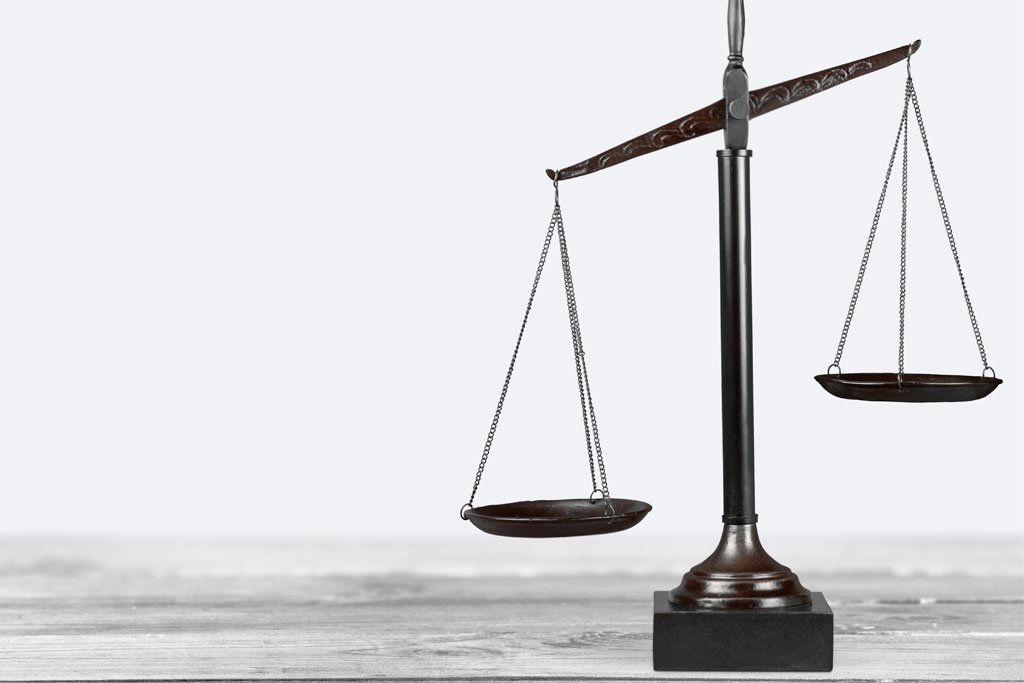In 1999, the world of investing was a pretty happy place. We had just entered into the age of the web; stocks were reaching all-time highs; and all seemed well with the world. It was also at that time when we first heard the academic community shouting: “Index investing is the only way!”
Indeed, at that point, every Wall Street firm was creating multiple index products for the investing public. Investors no longer needed a stock picker or analyst to recommend a company; they just needed to invest in a basket of stocks that made up an index.
But then the party ended, in 2000, with the tech bubble. If you were in an S&P index fund, you went down for three years, culminating in portfolio losses of 45 percent or more. But if you had invested money with a good value manager during that same time period, you were actually up, close to 30 percent. Indexing had become the worst way to invest.
Is there a lesson to be learned? Did the academics get proven wrong? The answer is: yes and no. After years of analysis, we at Granite have found that there have been moments in time when active management could not beat an index. We’ve also found many times when beating the index was easy.
In asset classes such as small cap and micro-cap, the inefficiency of the market itself actually makes it more enticing to not index.
Turns out that it is difficult to beat indexes during severe bull markets, where P/E expansion has taken hold. Yet, when markets normalize (60 to 70 percent of the time), active investments are the big winners. What we see is that most of the academics weighing in on this issue are looking at the U.S. large-cap and mid-cap spaces, rather than at all indexes.
And the reason these areas make sense to the academics is that those indexes are relatively easy to replicate. But with other areas of investing, indexing is not necessarily the way to go. During a recent search for an EAFE index investment, we couldn’t find one that actually matched the index. The MSCI EAFE index is so broad, and weighted in such a complicated way, that there really is no easy way to replicate the index.
Indexes after all are created by humans and are therefore subject to human mistakes. Take the Russell Company. Every June, it reconstitutes its indexes for inclusion, a move which may dramatically change the makeup of your investment.
This was very clear in the third quarter of 2002 when the Russell 1000 growth and the Russell 1000 value index had lost some purity; growth stocks that previously had been beaten down began showing up in the value index. All of this movement and change creates questions about investing in index funds.
The other issue is risk: Every time you buy an index fund, you buy stocks that have already done well. Most indexes are capital-weighted by the size of the company. In 2000, when you bought the S&P, you basically owned a small group of over-valued stocks whose P/E ratios were so high they didn’t even make sense anymore.
While the fees are lower than those for traditional active management, one thing is guaranteed: You will never outperform again, and you will own the market volatility at all points in time.
At the end of the day, indexing has its place, but so does active investing. Since no one can time the markets, perhaps a blend of both is a better answer than one or the other. Just make sure you know which asset classes make more sense for you, and which cannot be replicated. Then use active investments in those arenas.
This article was originally published in the April/May 2016 issue of Worth.
















